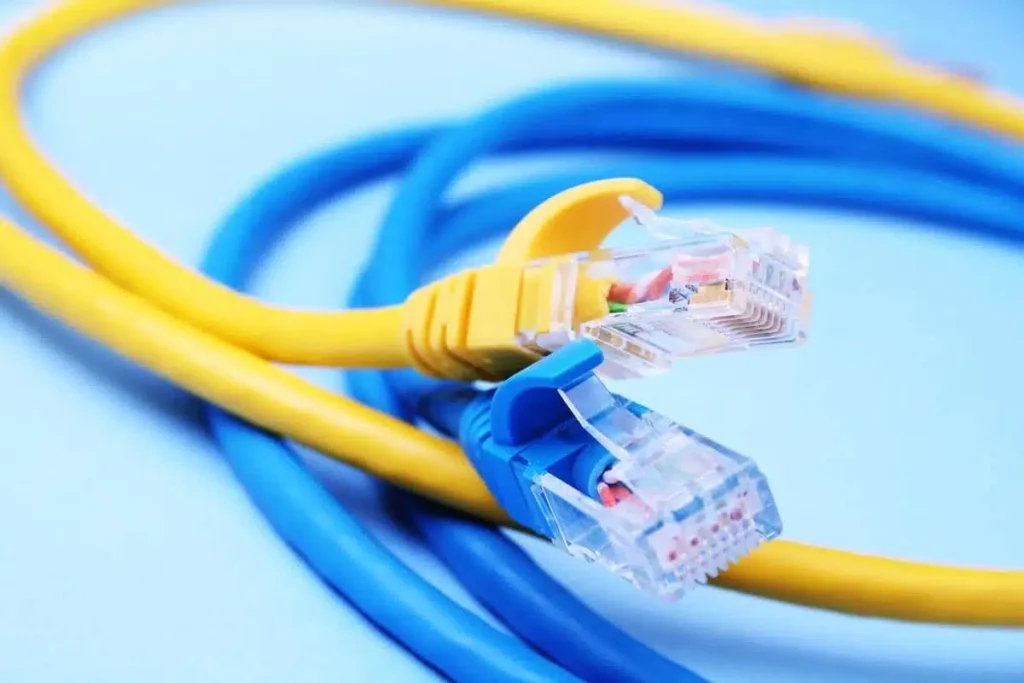In the ever-connected digital landscape, Cat 6 Ethernet cables play a crucial role in ensuring seamless communication between devices. Let’s explore what Cat 6 cables are, their features, and why they remain relevant even in the age of faster standards.
What Is Cat 6 Cable?
Category 6 (Cat 6) cable is a standardized twisted pair cable for Ethernet and other network physical layers. It is backward compatible with the Category 5/5e and Category 3 cable standards. Here’s what you need to know:
Speed and Performance: Cat 6 provides up to 250 MHz bandwidth, compared to 100 MHz for Cat 5 and Cat 5e. It can handle speeds of up to 10 Gbps (10GBASE-T) for distances up to approximately 180 feet.
Backward Compatibility: Cat 6 cables use the same RJ-45 jack as Cat 5 cables and previous generations of Ethernet cables. If you’re upgrading, you won’t need to replace your existing infrastructure.
Reduced Crosstalk: Cat 6 must meet more stringent specifications for crosstalk and system noise than Cat 5 and Cat 5e. This ensures better signal quality and reliability.
Common Uses of Cat 6 Cables:
Home Networks: Cat 6 cables connect your computers, routers, and smart devices within your home network. Whether you’re streaming movies or gaming, Cat 6 ensures a stable connection.
Small Offices: Small businesses benefit from Cat 6 for local area networks (LANs). It’s cost-effective and reliable.
Phone Lines: Cat 6 can carry telephone signals alongside data. So, if you’re setting up VoIP phones, Cat 6 is your go-to choice.
Video Surveillance: Security cameras often use Cat 6 cables for transmitting video feeds.
Termination and Wiring:
Cat 6 cables follow two wiring standards: T568A and T568B. Both work equally well, but consistency is key. Here’s a quick reference:
T568A:
Pair 1: White/Orange and Orange
Pair 2: White/Green and Green
Pair 3: White/Blue and Blue
Pair 4: White/Brown and Brown
T568B:
Pair 1: White/Orange and Orange
Pair 2: White/Green and Green
Pair 3: White/Blue and Blue
Pair 4: White/Brown and Brown
Conclusion:
Why Choose Cat 6?
Cost-Effective: Cat 6 strikes a balance between performance and affordability.
Reliability: It’s a workhorse that gets the job done without fuss.
Future-Proofing: While faster standards exist, Cat 6 remains relevant for most applications.
So, next time you’re setting up your network, remember that Cat 6 isn’t just a cable—it’s your bridge to a connected world! 🌐🔌
References:
Category 6 cable – Wikipedia
Cat5 vs. Cat6 Ethernet Cables – What’s Best for You | CDW
Ethernet cables: Everything you need to know | Tom’s Guide
References:
- Category 6 cable – Wikipedia
- Cat5 vs. Cat6 Ethernet Cables – What’s Best for You | CDW
- Ethernet cables: Everything you need to know | Tom’s Guide



.png)
